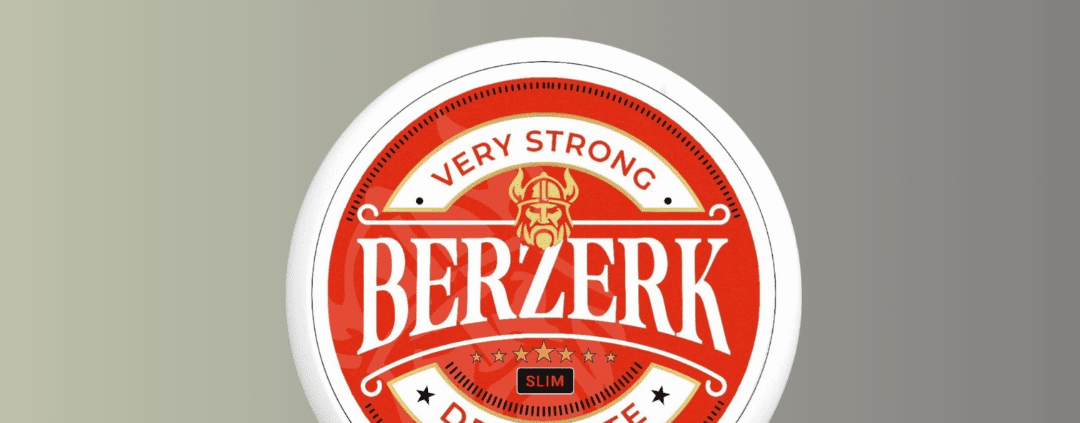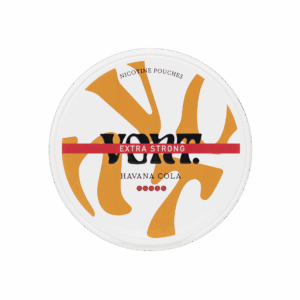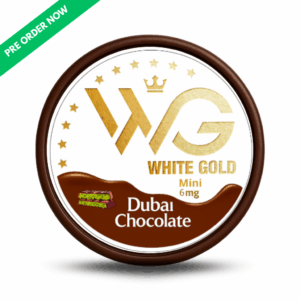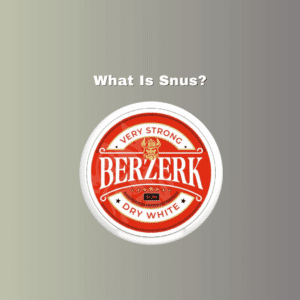What Is Snus?
Introduction
A lot of people wonder: what exactly is snus, and how is it different from today’s tobacco-free nicotine pouches? Snus is a moist, smokeless tobacco product that has deep roots in Sweden, where it is still widely used. It’s tucked under the upper lip and delivers nicotine through the gum lining rather than through smoke. The word itself comes from the Swedish term for snuff, and while it’s a staple in Scandinavia, its use is restricted in most parts of the world. In fact, every EU member state except Sweden prohibits the sale of snus—meaning roughly 96% of the EU bans it. This explains why the question what is snus often comes up in countries like the UK and the U.S., where tobacco-free pouches dominate the market.
This guide breaks down what snus is, how it’s made, how it compares to nicotine pouches, and why pouches from brands like ZYN, Helwit, VELO, White Gold, and Pablo may be the preferred choice for many users.
What Is Snus?
Historical Background
Snus began in Sweden during the 19th century as a variation of powdered snuff. Instead of inhaling the tobacco, users placed a moist mixture of ground tobacco, salt, and water under the lip. It can be bought loose, where the user shapes their own portion, or in pre-packed pouches. Because it contains tobacco, the pouches have a brownish color. Unlike chewing tobacco, users don’t need to spit—the saliva is typically swallowed, making it more discreet. The nicotine is absorbed gradually, offering a slow and steady release.
Ingredients and Processing
Snus is made from tobacco, nicotine, water, salt, and flavorings. Unlike some smokeless tobaccos, it’s pasteurized rather than fermented, which lowers certain harmful compounds such as nitrosamines. Still, since it contains tobacco leaf, it also carries trace carcinogens and heavy metals. Flavors can range from traditional bergamot to herbal or fruity notes. Nicotine strength varies widely, from about 4 mg up to 20 mg or more per pouch.
This key difference—snus containing tobacco leaf versus nicotine pouches being tobacco-free—is what makes snus more heavily regulated across the world.
Cultural Role
For Swedes and Norwegians, snus is part of everyday life. A portion typically lasts 30–60 minutes, and because it doesn’t require spitting, it’s often used in offices or social settings. Athletes and musicians have also contributed to its popularity. Still, the fact that nearly all EU countries ban it reflects ongoing health concerns tied to tobacco.
Snus vs. Nicotine Pouches
Composition Differences
The biggest distinction between snus and nicotine pouches is tobacco. Snus is made from ground tobacco, whereas nicotine pouches are entirely tobacco-free. Instead, pouches like those from ZYN, VELO, White Gold, Pablo, and Helwit use nicotine (either extracted from tobacco or lab-made) combined with plant fibers such as eucalyptus or pine, plus flavorings and sweeteners. This makes them lighter in color, often white, and less likely to stain teeth compared to snus.
Legal Status
Snus is banned in every EU country except Sweden, primarily due to health concerns. It is regulated in the U.S. but far less common than cigarettes or modern pouches. Nicotine pouches, by contrast, are available almost everywhere because they don’t contain tobacco leaf. Popular pouch brands like ZYN, VELO, White Gold, Pablo, and Helwit are sold widely in convenience stores and online, giving them a much broader global reach.
Read our guide: The Best Swedish Nicotine Pouches
Health Considerations
Both snus and nicotine pouches deliver nicotine, which is addictive and can raise heart rate and blood pressure. However, snus exposes users to the additional risks of tobacco leaf, including carcinogenic nitrosamines. Research has suggested links between long-term snus use and increased risk of certain cancers, though findings vary. Nicotine pouches remove the tobacco leaf entirely, meaning fewer toxins and potentially lower risk—but research is still ongoing. The most responsible view is that no nicotine product is risk-free, but tobacco-free options like ZYN, Helwit, Pablo, White Gold, and VELO are generally seen as safer than snus or cigarettes.
Read our guide: Are ZYNs Better Than Vaping
Flavours and User Experience
Snus Flavours
Snus typically has a strong, earthy taste, reflecting its tobacco base. Traditional flavor profiles include bergamot, licorice, juniper, and whisky.
Nicotine Pouch Flavours
Nicotine pouches, on the other hand, offer a much wider palette since they don’t carry tobacco’s natural bitterness. Options range from mint, citrus, and wintergreen to coffee, berry, and even dessert-style flavours. ZYN Flavors offers Cool Mint, Citrus, and Coffee; VELO has strengths up to 17 mg with flavours like Ice Cool and Ruby Berry; Helwit is known for natural, eco-focused flavours such as mint and blueberry; White Gold appeals to users who want high strength with smooth finishes; while Pablo delivers extra-strong options with icy, intense profiles.
Read our guide: Do you swallow ZYN spit?
Read our guide: ZYN Flavors Ranked
Product Examples and Strengths
-
Snus brands: Often stronger, with nicotine levels ranging from 8 mg to 22 mg per pouch. Swedish Match is a leading producer.
-
Nicotine pouches: Offer more flexibility.
-
ZYN: 3–6 mg options for moderate users.
-
VELO: 2–17 mg, popular among both light and heavy users.
-
Helwit: Focuses on sustainable production and balanced flavour.
-
White Gold Nicotine Pouches: Known for stronger pouches up to 16 mg.
-
Pablo Snus: Marketed as ultra-strong, catering to experienced users.
-
This range gives pouch users more control over strength compared to snus.
Read our guide: Are ZYNs biodegradable?
Conclusion
So, what is snus? At its core, it’s a moist tobacco product enjoyed under the lip, delivering nicotine slowly and discreetly. It has been part of Swedish tradition for over a century but remains banned in nearly all EU countries due to health concerns. Nicotine pouches, however, provide a tobacco-free alternative with a broad variety of flavours, strengths, and legal accessibility.
Brands like ZYN, VELO, White Gold, Pablo, and Helwit highlight how the pouch market has evolved—offering cleaner taste, flexible strengths, and greater availability worldwide. While both snus and nicotine pouches serve the same purpose—delivering nicotine without smoke—the absence of tobacco in pouches makes them a more modern and widely accepted option.







